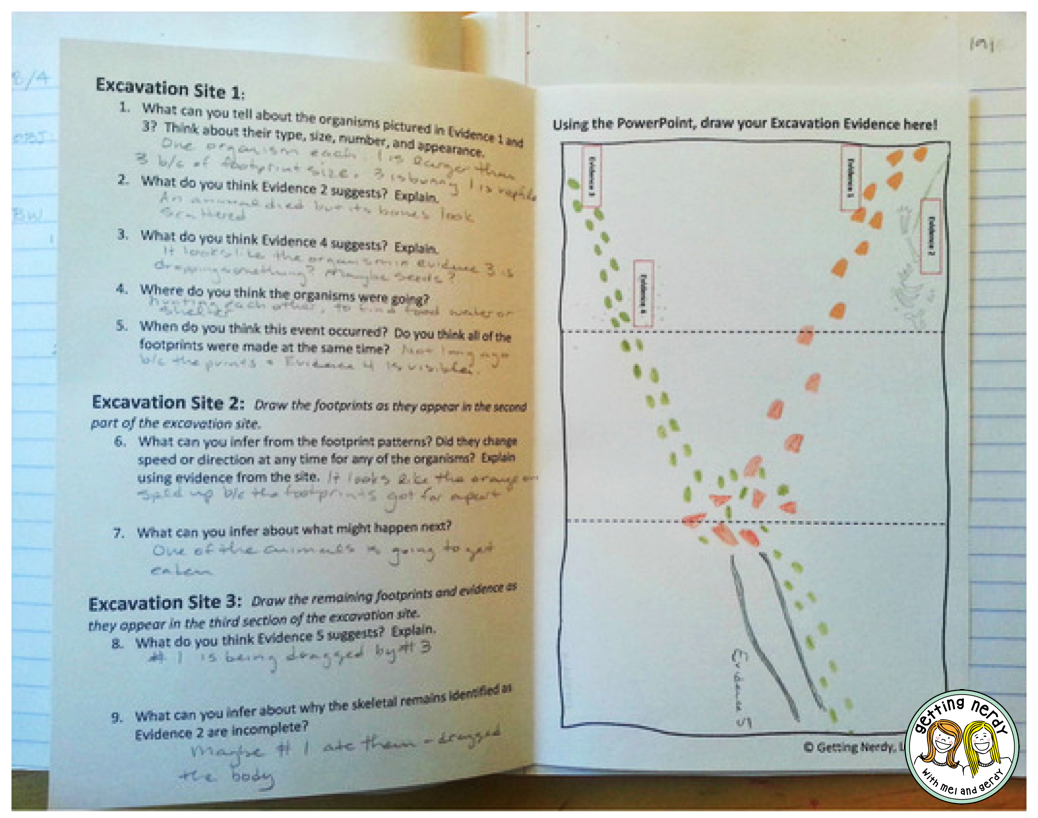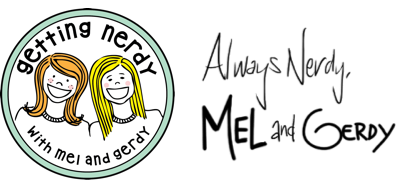Your students may have a difficult time understanding how science class relates to what scientists do in the real world. What do scientists do to learn about their surroundings? How do scientists gather data and determine which data is reliable? A great way to kick start the conversation is with an activity on Observation and Inference. It gets students thinking about the way personal perspective can impact scientific studies.
Sponge or bellwork: Our lesson always starts with a bell-work question or activity that gets kids thinking about the topic at hand. For example:
- Ask students how they use observations in their everyday lives – our favorite example is to ask students what we keep in our filing cabinet. Most say “PAPER!” Can they see the paper though? Not with the drawers closed! We then open the drawer to reveal to them that we do, in fact, keep our papers and files in there. That opens up discussion about how “seeing” the paper constitutes an observation while “guessing” or “inferring” papers are in there without actually seeing them is an inference. That discussion then leads into the meaning of an observation and takes us into a conversation about the five senses and how they help us to gather information about our surroundings. We sum it all up by comparing the definition of observation to that of an inference.
Remind them to cite evidence of their reasoning and that, while their thoughts and words are what we want them to record, options such as “I don’t know” or “because I think it is” are not acceptable answers.

Our scenario is projected on the board, and as students watch the PowerPoint presentation, the remaining excavation sites are revealed. They then draw the visible evidence into the appropriate excavation site on their paper. Again, you can create a similar experience for your students by revealing portions of a projected scene, or portions of an excerpt from a story. Once their site has been completed, have students answer questions about the evidence they gathered. Ultimately, they should get a feel for how their observations can lead to inferences that are similar to or different from those of their classmates.
Here’s a Few Extensions for this Lesson:
- For the final part of their assignment, provide students with an option of creating a story about their site, either by creating a comic or writing a story. If you chose an excerpt to read from, have students come up with a few alternate ending based on their observations. We always loved this assignment because it was their first homework assignment of the year and the choice of assignment allowed us to gain some insight into our students’ learning styles.
- You can also open the assignment up for debate – if your students are passionate about their observations, the debates become very heated with students adamant about what they observe and what they infer about the scenario. These healthy debates are perfect for the science classroom because they get students feeling comfortable voicing their opinions early on, encouraging them to think outside the box during future discussions.
- Have students create their own scenarios and have them trade papers with classmates to see if they can determine the artist’s intent.
Need to Modify?
- For students who have writing deficits, an oral or video presentation would work nicely.
- Provide students with the entire scenario instead of having them draw the scenario as it is revealed.
If you don’t have time to create this lesson, please check out our Excavating Evidence lesson in our store – and if you need additional support, check out our Scientific Method unit as well!
Happy teaching!
Inspire Students. Love Teaching.
We have everything you need to successfully teach life science and biology. Join over 85,000 teachers that are seeing results with our lessons. Subscribe to our newsletter to get a coupon for $5 off your first order!

